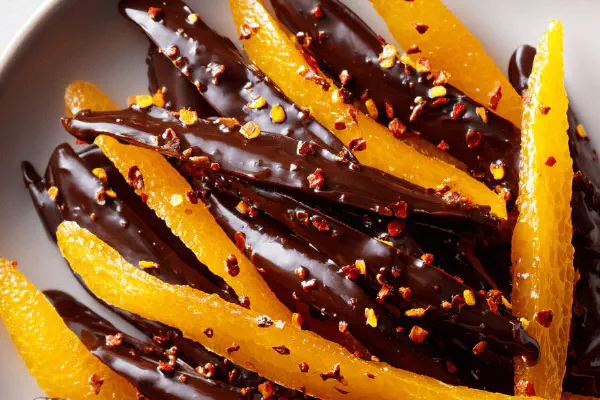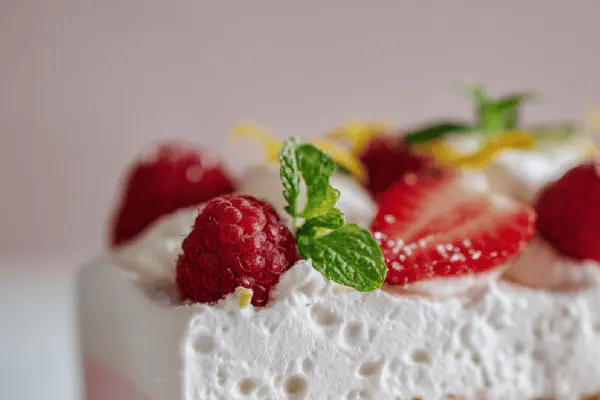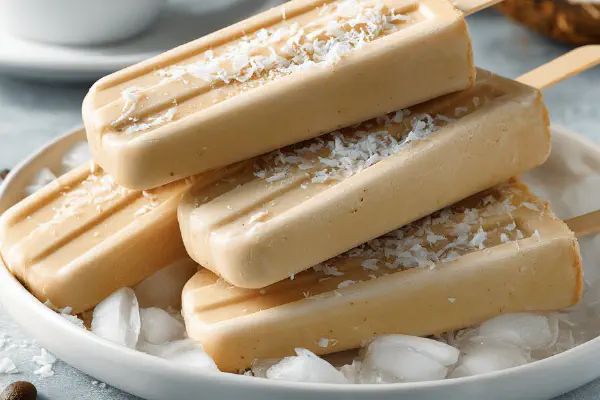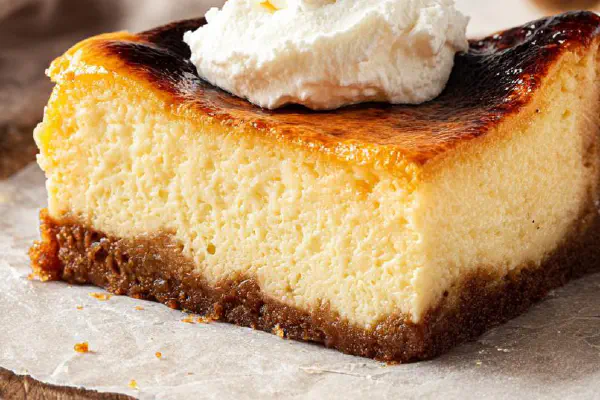Featured Recipe
Vanilla Bean Frozen Custard
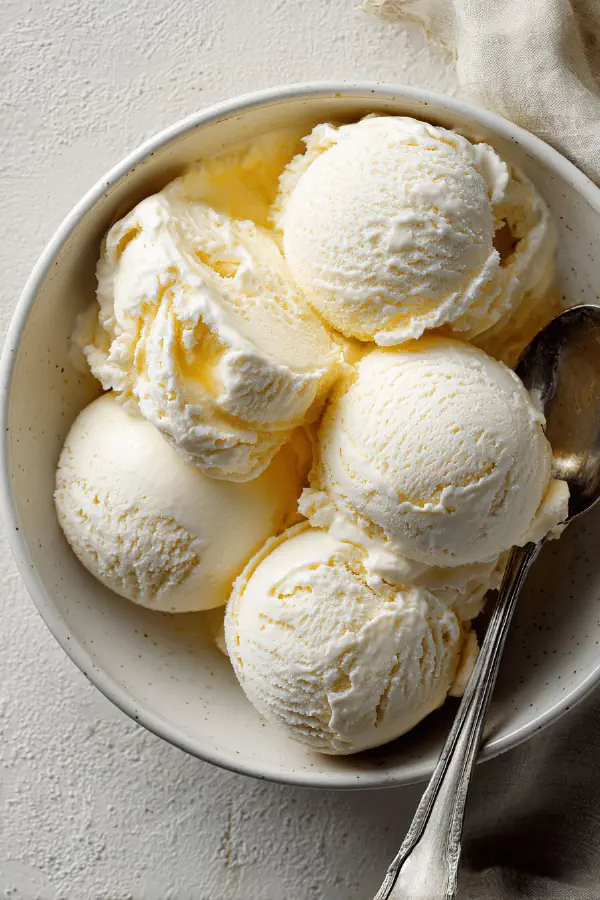
By Kate
"
A rich, homemade vanilla frozen custard with a silky texture. Four egg yolks with less sugar, replaced cream with half-and-half for lighter mouthfeel. Vanilla bean plus a splash of bourbon adds depth. Cooked gently over a double boiler to avoid curdling. Cooled until thickened, then churned or manually frozen. Thorough stirring during manual freezing prevents large ice crystals. Temperature and look guide doneness, not strict timers. Suitable for all skill levels, with common ingredient swaps and tips for smooth results.
"
Prep:
20 min
Cook:
20 min
Total:
40 min
Serves:
6 servings
dessert
frozen treat
homemade
Introduction
Egg yolks, sugar, cream — your classics reimagined. But instead of heavy cream, half-and-half cools the richness just a notch. Bourbon in there, subtle kick, not overpowering. Use vanilla bean like a champ: seeds and pod for layered flavor impact. The bain-marie method preserves eggs from scrambling — slow patience here pays off. Heat too fast and you get lumpy mess — no thanks. Custard’s consistency dictates next step, not the clock. Freeze, churn, stir. Ice crystals terrorize texture; fight back by agitating during freezing. No machine? No problem. More work, better feel with elbow grease. Freeze times vary: read the mix, watch the frost. Food processor save. Always. Keep it tight-covered; freezer fire kills cream dreams. Old school frozen desserts? Done right, they’re unbeatable.
Ingredients
About the ingredients
Egg yolks provide that silken body, keep whites aside for meringues or omelettes. Cut sugar by about 20% here, not too sweet but enough to balance bitter egg. Half-and-half swaps cream for a lighter finish, cuts fat without loosing mouthfeel. If no bourbon, try a splash of brandy, applejack, or just vanilla extract — but use less extract; it’s more concentrated. Whole milk must be hot but not boiling, avoid scalding to preserve fresh dairy flavors. Vanilla bean pods are worth the sniff and the score — low-grade pods disappoint. Store pods in sugar to make vanilla sugar if unused. Tempering eggs prevents curdling; whisk constantly. Don’t rush heating or you ruin the texture. Temperature matters more than minutes — invest in a digital probe. Best custard needs chilling overnight; impatience creates uneven freezing. Cover custard to stop skin and fridge odors. All sugar can be white, but a mix with light brown gives more depth, a useful cheat for richer taste.
Method
Technique Tips
Separate eggs cleanly, yolks only. Whisking till ‘blanched’ means light in color and texture — do not overbeat; foam disrupts custard’s silkiness. Adding hot dairy gradually controls curdling risk; rapid addition shocks yolks, causing lumps. The bain-marie step is crucial. Stirring constantly with wood spoon prevents hot spots and egg coagulation. Watch visually and by texture — when custard thickens to coat a spoon and ribbons fall supplying discernible tracks, it’s done. Do not exceed 80°C or risk scrambled eggs. Removing vanilla pod on time stops bitterness and overly intense vanilla. Cooling in ice bath speeds process and limits bacteria growth. Stir-off skin prevents gritty chunks. If using ice cream maker, pre-freeze bowl well. Manual freezing requires intermittent vigorous stirring — breaks ice crystals. Food processor pulsing post-freeze smooths texture. Use fresh custard immediately or store airtight to prevent freezer burn. Ambient defrosting before scooping prevents tooth-shattering hardness.
Chef's Notes
- 💡 Use fresh vanilla beans; split pods for max flavor. Discard pod after cooking. Blend seeds fully into mixture. Creamy without straining.
- 💡 If too sweet, cut sugar down by 20%. Sugar balances egg bitterness. Adjust taste during mixing - keep track of flavor shifts.
- 💡 Bain-marie technique crucial. Control heat for even cooking. Constant stirring prevents eggs scrambling. Watch texture, not just time.
- 💡 Manual freezing? Whisk every 30 minutes. Break up ice crystals. The more you whisk, the creamier it becomes. Use a shallow dish.
- 💡 Chill custard overnight for the best results. Longer time means less ice crystals. Store in airtight containers for freshness.
Kitchen Wisdom
Can I use egg whites?
No, yolks crucial for creaminess. Whites can be saved for other recipes. Meringues or whisked egg whites work.
What if custard is icy?
Poor mixing is often the issue. Stir fully during freezing. Lesson: Ice crystals become tough textures.
Best way to store leftovers?
Airtight container needed. Parchment paper on the surface prevents freezer burn. Consume in 5 days.
No ice cream machine?
Manual method works. Just ensure you whisk regularly. Use food processor after initial freeze to blend.
